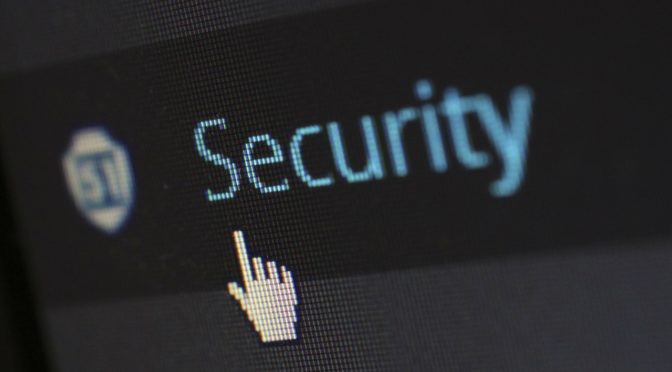by Walter Lopez, AFM Information Systems Manager
It is becoming more common for businesses to be affected by malware and ransomware, and musicians are not immune. Recently, several orchestras have experienced data breaches of employee databases. Malware is any software intended to damage or disable a computer or other software programs. Ransomware is a type of malware that stops you from using your PC by holding your PC or files for “ransom.” Following are a few tips from Microsoft to help you avoid becoming a ransomware or malware victim.
What does ransomware do?
There are different types of ransomware. However, all of them will prevent you from using your computer normally, and they will all ask you to do something (pay a “ransom”) to remedy the situation. They can target any user—home computers, endpoints to enterprise networks, or servers used by anyone from a small company to a government agency. Well-known cases include: Los Angeles Valley College, which paid $28,000 in bitcoin ransom; Carleton University in Ontario, which paid about $39,000 in bitcoin ransom, and San Francisco’s light rail transit system, which was able to restore its system without paying.
Specifically, ransomware can prevent you from accessing Windows, encrypt your files so that you cannot use them, and can stop certain applications (like web browsers) from running on your system. The hackers behind the ransomware may demand you pay money or complete a survey. However, there is no guarantee that after you’ve paid your ransom you will regain full access.
How does ransomware get on a PC?
Ransomware and other malware can arrive through your email. Malware authors often use tricks to try to convince you to download malicious files. This can be an email with a file attached that tells you it is a receipt, refund, or an invoice. When you open the attachment, you install malware on your PC.
Sometimes a malicious email is easy to spot—it may have bad spelling and grammar, or come from an email address you’ve never seen before. However, these emails can also look like they came from someone you know. Some malware hacks into email accounts and sends malicious spam to the contacts it finds.
To help avoid becoming a victim of email fraud and malware, follow these tips:
- If you aren’t sure who sent you the email or something doesn’t look quite right, don’t open it.
- If an email says you have to update your details, don’t click on the link in the email.
- Don’t open an attachment to an email that you aren’t expecting, or that was sent by someone you don’t know.
- Never give out personal information in an email, no matter how legitimate the source may seem.
Malware worms can spread by infecting removable drives such as USB flash drives or external hard drives. The malware may be automatically installed when you connect the infected drive to your PC. Some worms can also spread by infecting computers that are connected on a network.
To avoid this type of infection:
- Run a security scan of your removable devices.
- Disable the autorun function.
Some malware is installed along with programs that you download. This includes software from third-party websites or files shared through peer-to-peer networks. Some programs will also install other unwanted software such as tool bars or programs that display extra ads as you browse the web. Usually you can opt-out and not install these extra applications by unticking a box during the installation.
Programs used to generate software keys (keygens) often install malware at the same time. Microsoft security software finds malware on more than half of PCs with keygens installed.
- To avoid installing malware or unwanted software:
- Always download software from the official vendor’s website.
- Make sure you read exactly what you are installing—don’t just click OK.
- In many cases, Malware uses known software vulnerabilities to infect your PC through hacked or compromised webpages. A vulnerability is like a hole in your software that can allow malware to access your PC. These vulnerabilities are fixed by the company that created the software and are sent as updates to be installed. This is why it’s extremely important to keep all your software up-to-date, and remove software you don’t use.
For more information visit the website: https://www.microsoft.com/en-us/security/portal/mmpc/default.aspx.


